-

Glucono-Delta Lactone (GDL) CAS:90-80-2 Manufacturer Supplier
Delta-Gluconolactone (GDL) is a lactone of the D-gluconate. It is a natural constituent of many foods. It can be found in honey, fruit juices, wine and many-fermented products1-3. It is used as a food additive with the E number E575 used as a sequestrant, an acidifier (it lower the pH and also help preserve the food from deterioration by enzymes and organisms), or a curing, pickling, or leavening agent. GDL has been marketed for use in feta cheese. GDL is neutral, but hydrolyses in water to gluconic acid that is acidic, adding a tangy taste to foods, though it has roughly a third of the sourness of citric acid. It can be used as nutritional supplement in beverage such as in Instant Drinks, Syrups, RTD Tea and Coffee, Sports and Energy Drinks, Waters.
-

Monosodium Phosphate CAS:7558-80-7 Manufacturer Supplier
Sodium dihydrogenphosphate is a sodium phosphate.Sodium phosphate monobasic is an effective oral osmotic laxative at minimal concentration. It is used for colonic cleansing before endoscopic examination of colon.Monobasic sodium phosphate is widely used as an excipient in parenteral, oral, and topical pharmaceutical formulations.
-
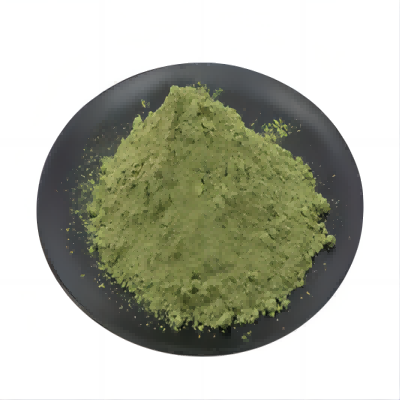
Chlorophylls CAS:1406-65-1 Manufacturer Supplier
Chlorophyll is a colorant that is a green pigment present in all green plants. it is used in sausage casings, oleomargarine, and shortening.Chlorophyll molecules are theprincipal sites of light absorption inthe light-dependent reactions ofphotosynthesis. They are magnesium-containing porphyrins, chemicallyrelated to cytochrome andhaemoglobin.Chlorophyll is a natural food pigment extracted from clover, nettle and dried silkworm sand. The main components are chlorophyll a, chlorophyll b, sodium copper chlorophyllin. The product is a dark green viscous substance, easily soluble in water and various organic solvents, in neutral or alkaline conditions, the color is stable green.
-
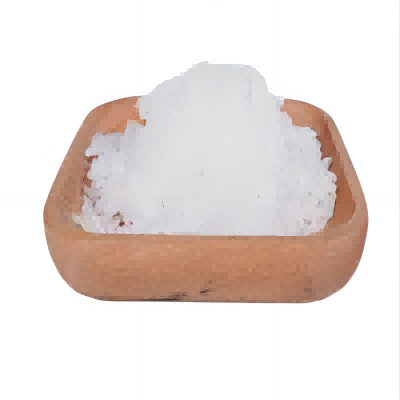
Calcium Stearyl Lactate (CSL) CAS:5793-94-2 Manufacturer Supplier
Calcium Stearyl Lactylate is used as the mineral fortifier in sports beverage, juice, diet foods and baby products because of its neutral taste, stability and high bioavailability.Calcium Stearyl Lactylate is used in jelly, gum, jam and minced fish to adjust pH, stabilize gel and enhance the gel strength.Calcium Stearyl Lactylate is used in tooth paste to prevent mineral loss from the enamel, reduce formation of dental calculus and protect teeth.Calcium Stearyl Lactylate is used in some pharmacies for direct compress tablet.
-

Glutamic Acid CAS:6899-05-4 Manufacturer Supplier
Glutamic acid (abbreviated as Glu or E) is one of the 20-22 proteinogenic amino acids, and its codons are GAA and GAG. It is a non-essential amino acid. The carboxylate anions and salts of glutamic acid are known as glutamates. In neuro science, glutamate is an important neuro transmitter that plays a key role in long-term potentiation and is important for learning and memory.
-
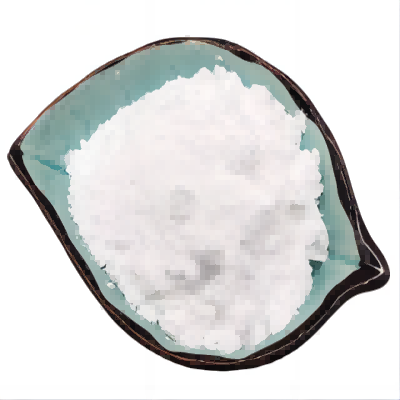
Lutein(Progesterone) CAS:57-83-0 Manufacturer Supplier
Progesterone is a hormone released by luteal cells in the ovaries which contains 21 Carbon Atoms. Progesterone is also a crucial metabolic intermediate in the production of other endogenous steroids. There are two crystal forms of progesterone, that are type-α and type-β, the two types have similar physiological activity. Type-α is precipitated from dilute ethanol as orthorhombic white prismatic crystal, while type-β is orthorhombic white needle crystal, they are both insoluble in water, but soluble in ethanol, ethyl ether, chloroform, acetone, dioxane and concentrated sulfuric acid.
-

Disodium 5′-Inosinate CAS:4691-65-0 Manufacturer Supplier
Disodium 5′-ribonucleotide is obtained by decomposing and separating nucleic acid obtained from yeast; or by fermentation. This product is mainly composed of disodium 5′-guanylate and 5′-inosinic acid, and its properties are also similar. It is a white to beige crystal or powder, odorless, delicious, and sodium glutamate. There is significant synergy in the combination, and the freshness is greatly increased. Soluble in water, slightly soluble in ethanol and ether. Disodium uridine diphosphate and disodium 5′-disuccinic acid show weaker odor.A 5 ′ -nucleotide derived from seaweed or dried fish. Sodium guanylate is a by-product.
-
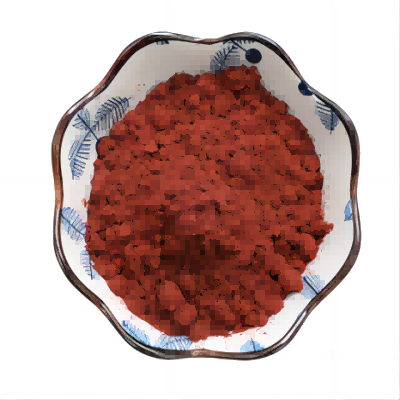
Canthaxanthin CAS:514-78-3 Manufacturer Supplier
Canthaxanthin (red diketocarotenoid or 4, 4′-diketo-β-carotene), is a common xanthophyll found naturally in microorganisms and marine organisms, as well as in certain animals. It acts as an antioxidant in living organisms. The potential antioxidant activity of canthaxanthin is due to the presence of conjugated double bonds in its structure. It finds applications in various fields including poultry, fishery, cosmetics, medicine, and pharmaceuticals. In food industries, canthaxanthin can be used as a coloring agent.
-
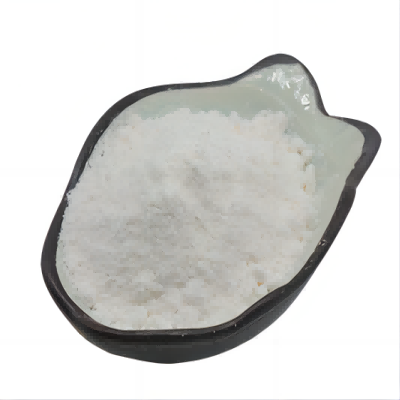
Glycerine Monostearate (GMS) CAS:31566-31-1 Manufacturer Supplier
Glyceryl monostearate, also known as monostearin, is a mixture of variable proportions of glyceryl monostearate, and glyceryl esters of fatty acids present in commercial stearic acid. Glyceryl monostearate is prepared by glycerolysis of certain fats or oils that are derived from edible sources or by esterification, with glycerin, of stearic acid that is derived from edible sources.
-

Propyl Gallate CAS:121-79-9 Manufacturer Supplier
Propyl gallate (also known as propyl 3, 4, 5-trihydroxybenoate) is a kind of ester formed through the condensation of gallic acid and propanol. It appears as a fine white to creamy-white crystalline powder. It has long been used as a kind of antioxidants to be supplied to foods especially animal fats and vegetable oil, being especially effective with polyunsaturated fats. Propyl gallate, as an anti-oxidant, can protect the food and oils from the attack of hydrogen peroxide and oxygen free radicals, having an effect similar to the superoxide dismutase. It can also be applied to ethers, emulsion, waxes, and transformer oil as the antioxidants.
-

Disodium EDTA CAS:139-33-3 Manufacturer Supplier
Ethylenediaminetetra-acetic acid (abbreviated as EDTA) is used in several industrial applications attributing to its high ability to bind to most of metal cations. EDTA is produced as several salts, e.g. ethylenediaminetetra-acetic acid disodium salt (EDTAS).EDTA and its salts are used as chelating agents in cosmetic formulations. EDTAS is a preservative, sequestrant, and stabilizer in foods. EDTA is added to ascorbic acid-disodium benzoate containing soft drinks to mitigate the formation of benzene. EDTA and its salts are used as a component in the production of food-contact paper and paperboard. EDTAS is permitted in the feed and drinking water of animals and/or for the treatment of food-producing animals. In the textile industry, EDTA and its salts prevent metal ion impurities from changing colors of dyed products.
-

Carboxy methyl Cellulose (CMC) CAS:9004-32-4 Manufacturer Supplier
Sodium carboxymethyl cellulose is a water-soluble polymer. As a solution in water, it has thixotropic properties. It is useful in helping to hold the components of pyrotechnic compositions in aqucous suspension (e.g., in the making of black match). It is also an especially effective binder that can be used in small amounts in compositions, where the binder can intcrfere with the intended effect (e.g., in strobe compositions). However, its sodium content obviously precludes its use in most color compositions. Sodium carboxymethyl-cellulose is manufactured from cellulose by various proccsses that replacc some of the hy drogen atoms in the hydroxyl[OH] groups of the cellulose molecule with acidic carboxymethyl [-CH2CO.OH] groups,which are neutralized to form the corresponding sodium salt. Sodium carboxymethyl cellulose is white when pure; industrial grade material may be grayish-white or cream granules or powder.

